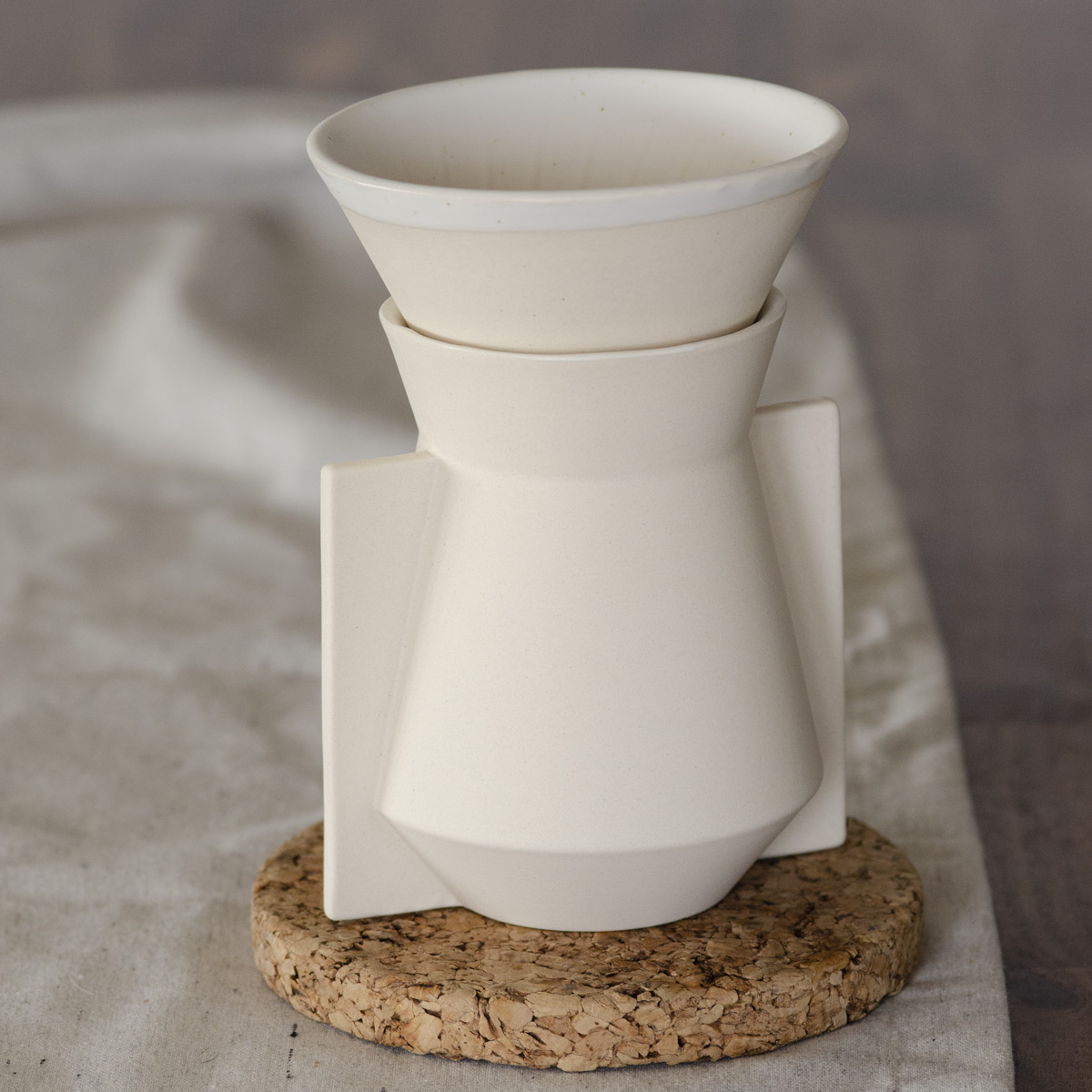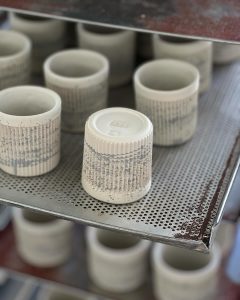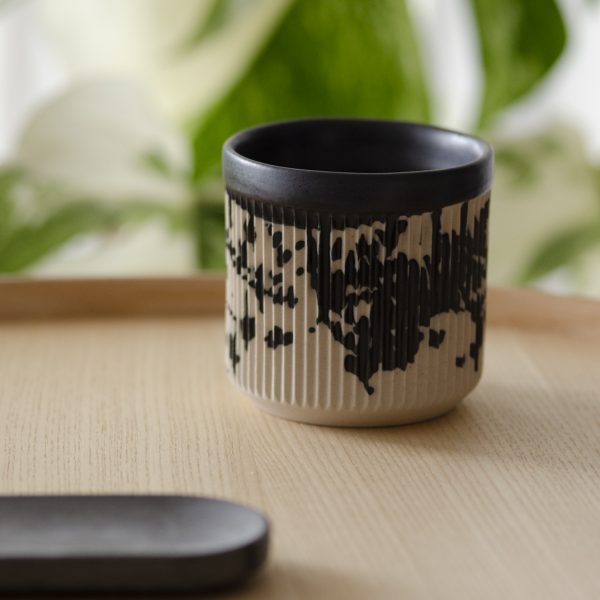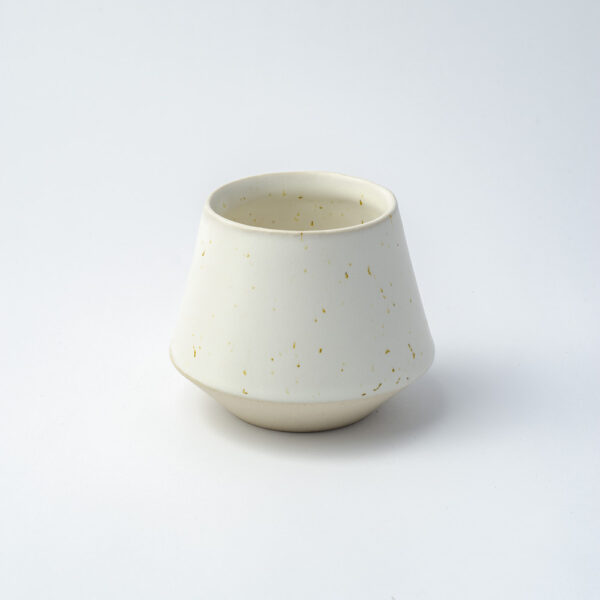Unconventional Beauty of Wabi-Sabi Style:
Painting ceramics in the wabi-sabi style has the ability to transfer not only images but also the emotions and thoughts of the creator onto the surface of the vessel. Each brushstroke is like a new breath of nature, and every unintended irregularity or spot becomes an integral part of the artwork.
Method of Creation
Slipcasting in Fóbe is a process that demands precision, patience, and ceramic skills.
Each vessel made through this method is unique and reflects the creator's effort and the character of the ceramics. Each stage of this process holds immense significance in achieving high-quality ceramicware. Creating the mold, proper pouring of the ceramic slip, careful drying and mold opening, and then refining the details are just a few of the key steps in this process.
Furthermore, the initial firing in the ceramic kiln, application of glaze, and the subsequent firing significantly influence the final appearance and durability of the ceramics. Asa result, the vessels not only captivate with aesthetics but also serve practical purposes. The slipcasting process in Fóbe beautifully merges art and craftsmanship, crafting vessels that are both distinctive and functional.

TAWA mug properties
- Dimensions: 90 x 90 x 55 mm
- Capacity: 180 ml
- Weight: 200 g
- Dimensions: 3.54 x 3.54 x 2.16 inches
- Capacity: 6.08 fl oz
- Weight: 0.44 lbs
Design and Aesthetics
A stable base with a hand-stamped logo and a wide, low-set space for the beverage ensure that every sip is a unique experience.
The TAWA bowl is not just a ceramic vessel for drinks; it's a story of passion, nature, and moments of tranquility. Choose it to add a unique dimension to your tea-drinking ritual.
Material and Durability
This mug has been crafted from non-toxic natural materials approved for food contact.
The high-temperature firing it underwent provides exceptional strength and durability.
Chadamari

The characteristic "Chadamari" (cha damari) is a special element of the mug, serving as a spot where the last sip of tea gathers. It literally translates to "tea well," where the final drops of the beverage create a delicate pool.
Chadamari holds symbolic significance, emphasizing the importance of each sip of tea, adding a sense of ceremony and uniqueness to this moment. It's a subtle nod to Japanese tradition where every detail holds meaning, enhancing the tea-drinking experience on a deeper level.
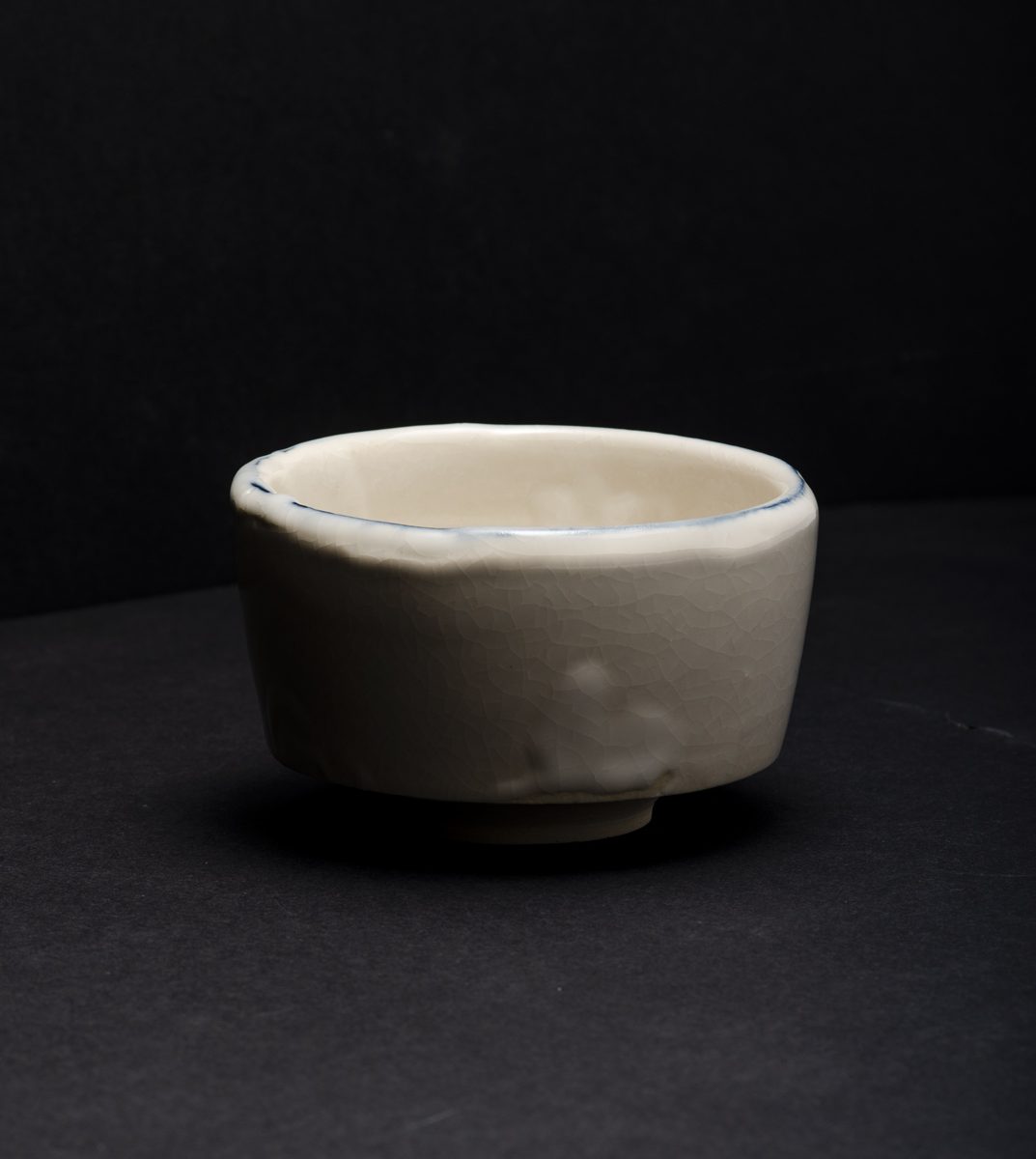
Japanese Style Beauty in Your Hands
Our latest color series is a collection of unique mugs, with glaze recipes inspired by Japan, offering two versions - matte and glossy finishes.
Five available colors blend tradition with modernity, creating vessels of exceptional character and functionality.
Delicate brush touch
Layered glaze painting is an advanced technique in Japanese ceramics that achieves unique color and textural effects on the surface of pottery. This method involves applying different layers of glaze to ceramic vessels to achieve a rich, multi-layered palette of colors and effects.
The process of layered glaze painting is intricate and requires precision. Here's a general guide on how this technique works:
1. Base Glaze Layer: Initially, the ceramic vessel is coated with a base layer of glaze. This glaze can be white, clear, or any other color. The base layer provides the foundation for subsequent layers and influences the final outcome.
2. Application of Additional Layers: Next, the artist applies additional layers of glaze onto the base. Each layer can have a different color or texture. For instance, the artist may apply thin layers of glaze in various shades, creating subtle color transitions.
3. Creating Textural Effects: During layered glaze painting, artists can also create textural effects by applying glaze in different thicknesses. This can result in crackled, wavy glaze effects or delicate surface structures.
4. High-Temperature Firing: After applying all layers of glaze, the vessel undergoes high-temperature firing in a kiln. During firing, the glazes melt and fuse with the ceramic, creating durable and fused coatings.
5. Effects of Firing: High-temperature firing can influence the final appearance of the glaze. It may lead to crackle effects, smudges, or other unpredictable patterns that impart a distinctive character to the ceramic.
Unveiling the Layers: The Intricacies of Glaze Painting in Pottery
Layered glaze painting is a technique that imparts depth, texture, and a rich color spectrum to ceramics. It is a unique way to create pottery with intricate patterns and effects, highly valued in Japanese ceramics and art.
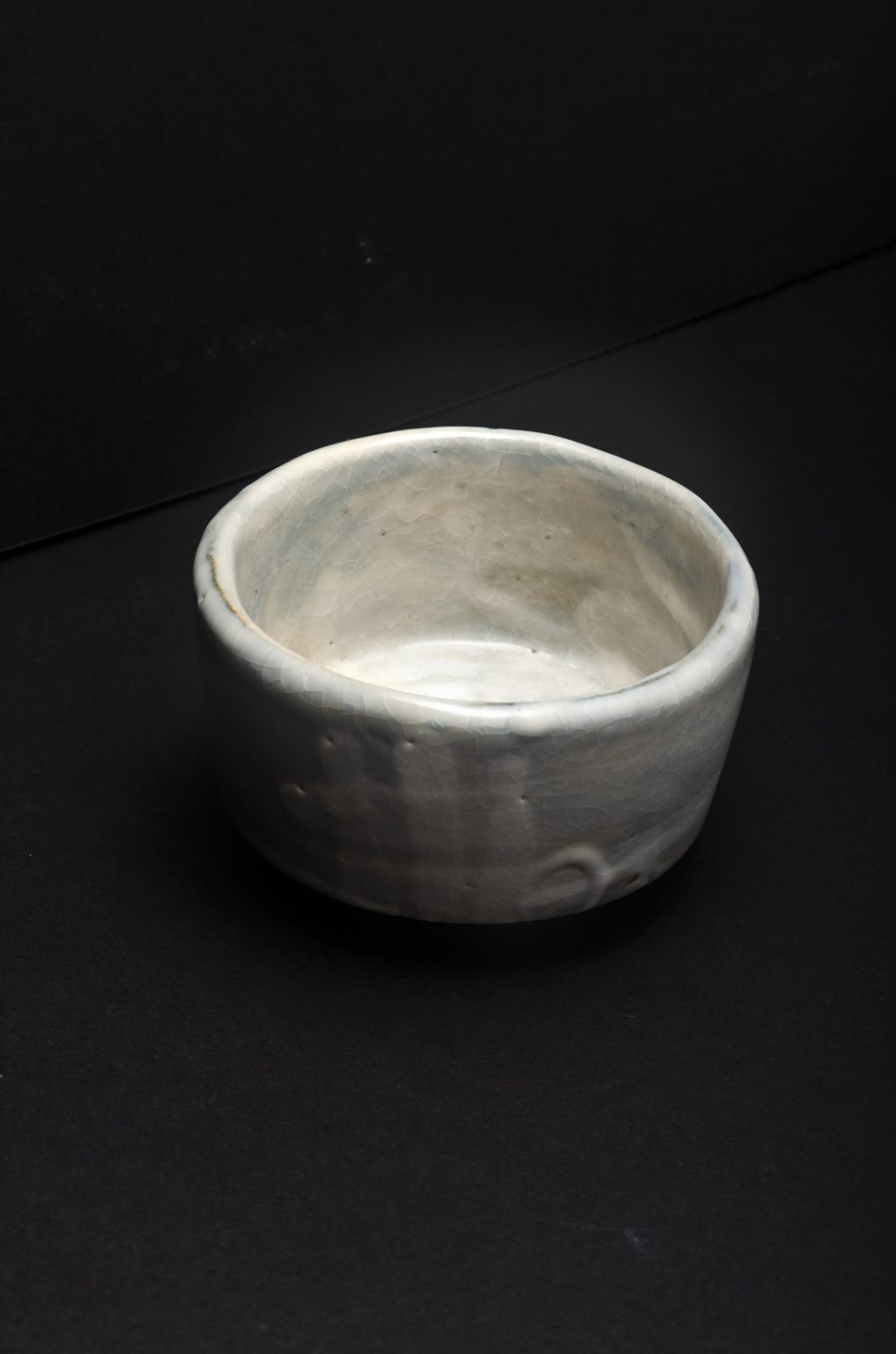

Black Tawa: Elegance and the Potency of Ceramic Artistry



Black Tawa stands as a remarkable rendition, characterized by its raw, deep matte black stoneware. More than just a practical vessel for coffee or tea, it's a captivating artistic creation that captures attention with its unique appearance. The interior is adorned with matte cracked Shino glaze, adding a touch of grandeur to the vessel.
Hand-painted in rich shades of brown, each piece boasts a distinctive design, bestowing individuality upon the vessel. This fusion of functionality and artistic finesse makes Black Tawa not only utilitarian but also an exquisite decorative piece.
The ample, deeply black matte surface serves as a perfect canvas for the interior's unique cracked Shino glaze structure. The distinctive rim and hand-painted pattern on the interior of the bowl create a unique amalgamation of exceptional ceramic work. This vessel seamlessly harmonizes aesthetics with craftsmanship, presenting an exceptional balance.
How to care for FÓBE ceramics?
Temperature Resistance
The materials used to make the mugs have also been tested for oven use. The ceramics crafted in the FÓBE studio are resistant to temperature shocks, meaning they can be used for baking or reheating.
what about the microwave?
This wishlist is empty.
You will find a lot of interesting products on our "Shop" page.










